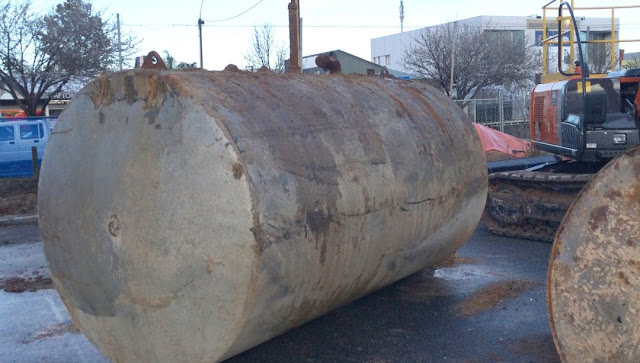Understanding Underground Petrol Tank Removal from Fuel Stations
Thinking
of removing an underground petrol tank but don't know how to do it?
Here is the complete guide that helps you to do it easily.
Alternatively, you can also take professional underground
petrol tank removal
services to remove the underground fuel tank without damaging the
ground.
What is Underground Petrol Tank Removal?
Underground petrol tank removal means removing all the pipes and permanently closing the fuel tank. The process of tank removal also includes the removal of associated equipment and linked tanks that might pose a contamination risk and pollute the soil of that region.
Steps Taken to Remove Underground Petrol Tank
These are some of the steps that you can use to remove underground petrol tanks with contaminatedsoil removed in Sydney or tank removal.
A thorough risk analysis of the removal, considering the environment and whether the tanks are active or have been provisionally rendered safe, is necessary. You should be able to estimate how long the dismantling of underground fuel tanks will take overall, the charges of removal, how much labor is needed, who would be impacted (local companies and residents), and what environmental problems might emerge.
Before, throughout, and after the subsurface fuel tank removal, sampling of the nearby ground and groundwater must be gathered and tested for contamination. For this, you'll probably require expert counsel and direction; turn to a specialized consultant.
Bottoming is removing and cleaning out any leftover materials from tanks and pipelines. This is a risky sport; thus, protective clothing, including gloves, helmets, and masks, should be used. Always hire a qualified business with the necessary experience to handle this project.
After bottoming, secure and remove any dangerous, explosive, and poisonous gases that could still be present in the containers and pipelines, filling chambers with water or neutral gases will do this. Ensuring that any water removed is handled as described above in a facility that handles permitted waste.
Pipes, tanks, and other equipment should be cleaned and removed. Once more, recycle the apparatus with a companion.
Watch out for surface water entering the excavation site, such as puddles, rain, or condensation. If it gets polluted, it will have to be handled as hazardous trash and disposed of, adding to your workload.
Bottom Line
There are a lot more steps that must be taken, too many to list here, but perhaps you now have a better understanding of the challenges and dangers involved in removing an underground fuel tank, so it will be easier for you to extract it.




Comments
Post a Comment